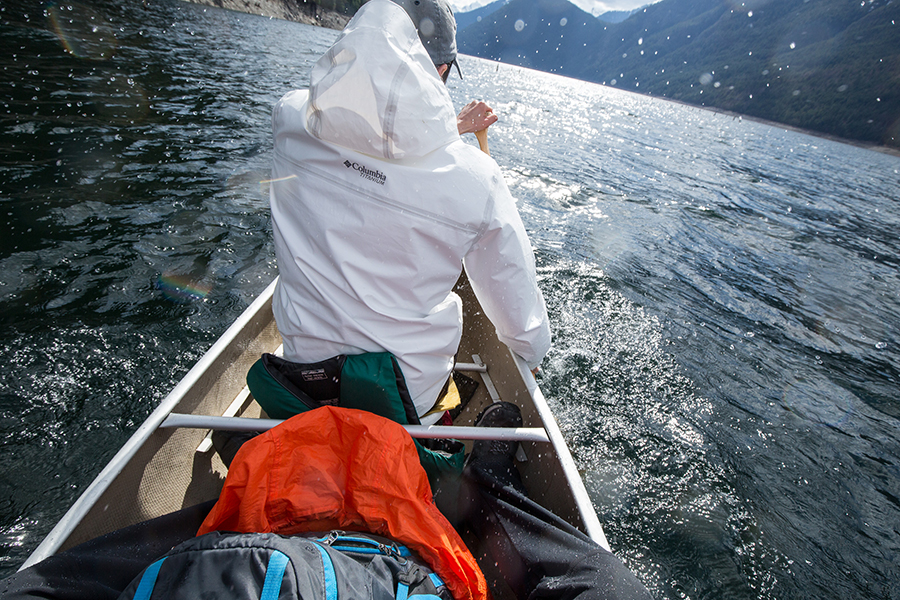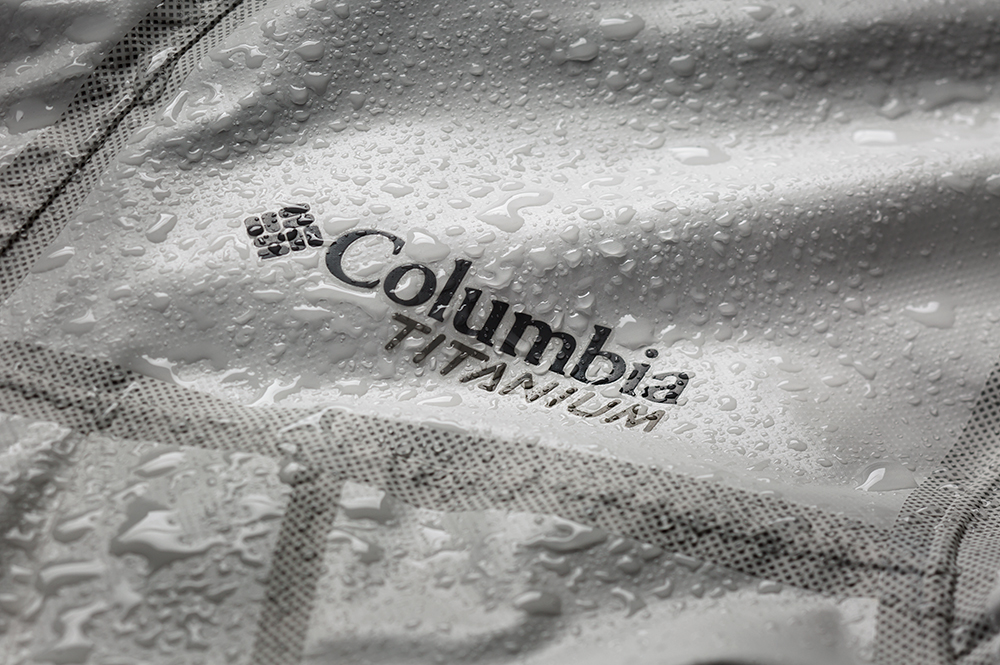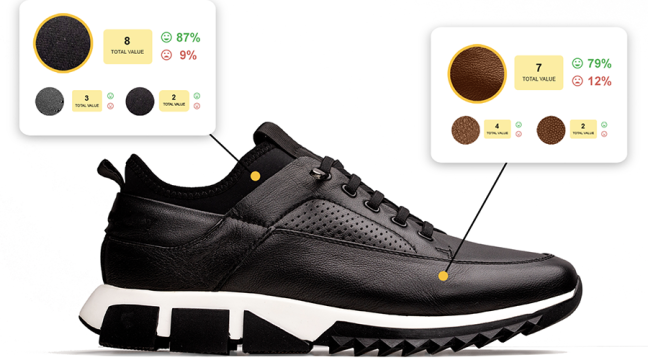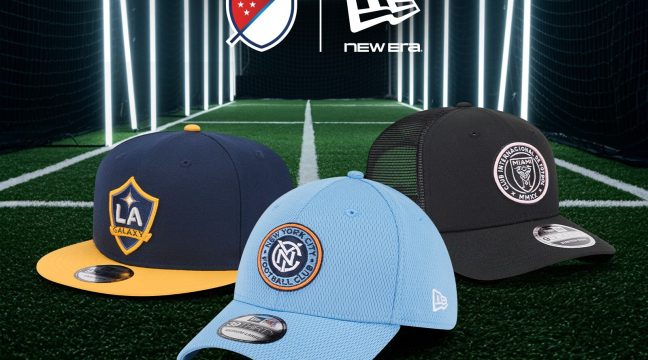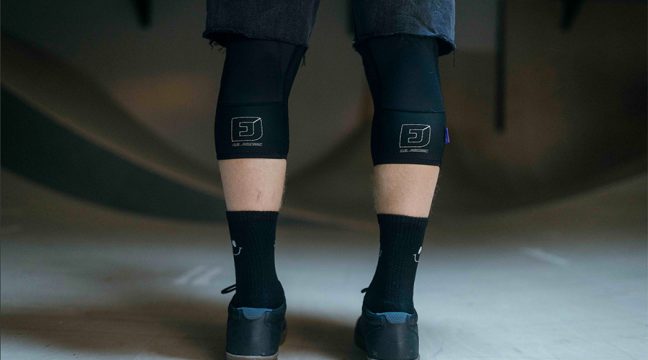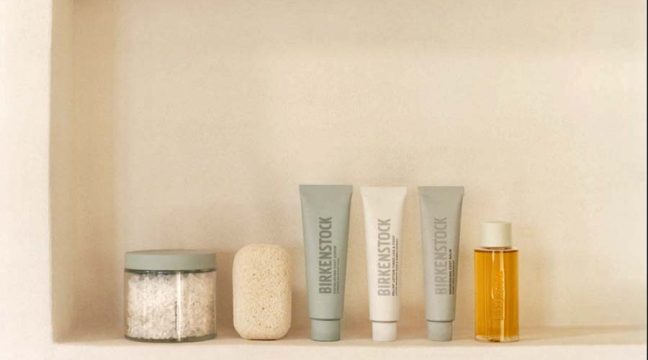Those seeking to lessen the impact of DWRs see more alternative options.
By Elizabeth Miller
The outdoor industry often talks about itself as a weapon of change — a smaller market segment, but a mighty one, which has fought for sustainability initiatives and increased environmental awareness among larger counterparts.
The case for a less chemically intensive durable water repellency (DWR) has scored an apparent win on that front.
The Chemours Company, a DuPont subsidiary, is launching a plant-based product for treating textiles for water repellency — the result of research prompted by pressure from outdoor industry customers to move away from fluorinated products, said Lisa Hardy, North America marketing manager for Chemours. The choice the company made, she said, broke down to asking, “Are we going to be the fluorinated solutions provider, or are we going to be the solutions provider to our customers no matter what the chemistry is based on? And it was decided that we’re going to be the solutions provider no matter what the platform is.”
Their option — a chemistry called Zelan R3 that’s branded as Teflon EcoElite once on fabric — boasts a spray-rating equal to fluorinated chemistry, she said: it lasts for 20 to 30 washes. The USDA certified the product as bio-based, sourcing 60 percent of materials from a variety of renewable, plant-based sources. That boasting point could play positively with consumers, she points out, who have been slow to catch up to concerns on this issue.
This new DWR is part of a growing number of options available to brands increasingly interested in distancing themselves from fluorinated chemicals, or PFCs, found to biaccumulate in the environment and linked to endocrine disruption and cancer. Having switched from the more persistent, long-chain versions of these chemicals and accrued some frustrations in a performance decrease of the shorter-chain versions for durability and oil repellency, brands are now looking to abandon the chemistry altogether.
Industry leader W.L. Gore & Associates is adding PFC-free DWR to their Gore-Tex line, available in 2018. The company released a report earlier this year critical of PFC-free DWRs, contending that those options failed to reduce a garment’s footprint over the course of its life cycle. The argument was that if you had to launder the garment regularly to update its water repellency — and its tests found that laundering needed to occur as often as once a week for the treatments available at the time — and the garments wore out quickly and needed to replaced, the energy and water consumption to wash and replace the garments negated any gains.
Many PFC-free alternatives do require more care and re-treatment, and they don’t offer the same level of performance. Gore’s new PFC-free DWR works for garments for day hikers and in-bounds skiers, but not on the highest end gear. The difference is a question of durability, said Bernhard Kiehl, leader of the Gore Fabrics’ Sustainability Program. For users carrying heavy backpacks or scraping their gear over rocks, PFC-free DWR may not hold up. So, the answer is to keep both in the line, as well as Gore’s Active Shell with Permanent Beading Surface, which puts the jacket membrane on the outside instead of sandwiched between layers of fabric. The company will continue to test new alternatives as they become available, Kiehl said — part of the company’s pledged $15 million in spending over the next five years toward a PFC-free DWR that maintains durability.
“We continue to look for solutions to address these consumer needs in different ways,” Kiehl said. “The one addresses an environmental topic, the other trying to create high-performance products. It’s not one or the other. … The goal is always both better products and a smaller environmental footprint.”
Phone calls that came in accusing a jacket of “leaking” while displayed under a shower at a trade show marked the beginning of the end of the status-quo DWR for Columbia Sportswear.
“Even with C8, the long chain, the whole issue of textile being on the outside and allowing moisture to penetrate into the textile and into the fibers and therefore getting wet-out was largely being ignored by the industry,” said Michael “Woody” Blackford, vice president of design and innovation for Columbia. He tried to demonstrate that all jackets wet out, just like that one did, but it wasn’t enough.
“I started scratching my head going, why do we put the textile on the outside anyway? The textile is water-loving,” he said.
At Outdoor Retailer Summer Market this week, Columbia releases an entirely PFC-free jacket, the OutDry Extreme Eco, made with recycled plastic bottles. Part of the trouble has been that breathable membranes were so fragile that a fingernail scratch could leave an abrasion. The trick was to craft a fluoropolymer-free membrane, a naturally more hydro-phobic component, tough enough to hold up as an outer layer. As a bonus, they ditched the dyes, which also cuts energy and water use from jacket production and makes for a statement piece for the conscientious consumers.
Those consumers are still few and far between. Without a direct public health correlation (and, really, most of the PFCs out there likely came from now-ubiquitous nonstick cookware and stain-resistant carpet and furniture), there hasn’t been a level of concern seen like the one that emerged around BPA in water bottles.
Still, brands say it matters to reduce that chemical use — to be ready with answers, even before consumers are alarmed by the problem.
Lead photo courtesy Columbia

